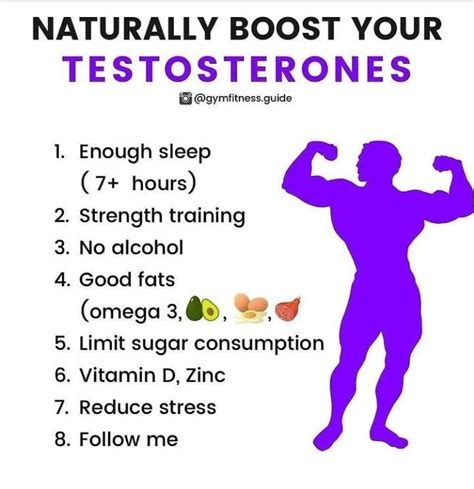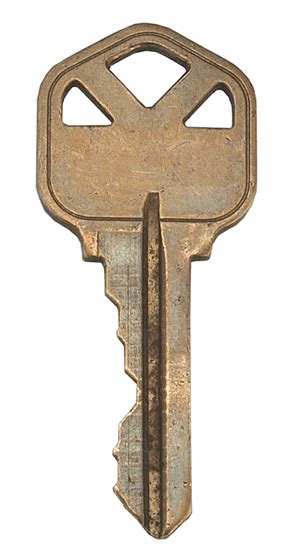Optimize your shave: Prevent razor burn for a sharp, professional-grade finish?

Tired of Red Bumps? Master the Art of an Irritation-Free Shave
Razor burn is more than just an unsightly annoyance; it’s a painful irritation that can undermine an otherwise polished appearance. Those red, inflamed bumps, often accompanied by itchiness and discomfort, are clear signals that your shaving routine needs an overhaul. While many accept razor burn as an inevitable consequence of shaving, it’s actually a preventable issue. With the right approach and a few simple adjustments to your technique and tools, you can transform your daily shave from a dreaded chore into a smooth, comfortable experience, leaving you with a truly professional-grade finish.
Understanding Razor Burn: What Is It and Why Does It Happen?
At its core, razor burn is a form of skin irritation caused by improper shaving techniques. It manifests as redness, tenderness, and small red bumps, often confused with ingrown hairs (which are a related but distinct issue). The primary culprits include dull blades, shaving against the grain, insufficient lubrication, excessive pressure, and dry shaving. These factors can strip the skin of its protective oils, create micro-abrasions, and cause hair follicles to become inflamed. Understanding these causes is the first step toward implementing an effective prevention strategy.

Pre-Shave Preparation: The Foundation of a Smooth Finish
A great shave begins long before the blade touches your skin. Proper preparation is crucial for softening the hair, opening pores, and creating a protective barrier against irritation.
- Warm Water & Steam: Start by washing your face with warm water or, even better, shave after a hot shower. The warm water and steam help to soften the beard hairs and open up your pores, making the hair easier to cut and reducing tugging.
- Exfoliation: Gently exfoliate your skin 1-2 times a week (not immediately before every shave if your skin is sensitive). This removes dead skin cells and helps to free any trapped hairs, preventing ingrown hairs and allowing for a closer, smoother shave.
- Pre-Shave Oil: A quality pre-shave oil creates an additional protective layer between your skin and the razor blade. It helps the blade glide more smoothly, minimizing friction and irritation.

The Shaving Process: Technique That Matters
This is where most razor burn originates, and mastering the technique is paramount.
- Sharp Blade is Key: A dull blade will pull and tug at your hairs, leading to irritation. Change your razor blade every 5-7 shaves, or sooner if you notice any discomfort or reduced cutting efficiency.
- Lather Up Properly: Use a rich, hydrating shaving cream or gel. Apply it evenly and generously to create a thick lather that lifts the hairs and provides ample lubrication. Let it sit for a minute or two to further soften the hair.
- Shave With the Grain: Always shave in the direction your hair grows first. This is the golden rule for preventing razor burn and ingrown hairs. If you need a closer shave, re-lather and go across the grain on the second pass, but avoid going against the grain entirely, especially if prone to irritation.
- Light, Short Strokes: Let the razor do the work. Apply minimal pressure and use short, controlled strokes. Rinsing your razor frequently under hot water will keep the blades clean and prevent clogging.

Post-Shave Care: Soothe, Protect, and Hydrate
What you do after shaving is just as important as what you do before and during.
- Cold Rinse: After shaving, rinse your face thoroughly with cold water. This helps to close your pores and soothe the skin, reducing redness and inflammation.
- Alcohol-Free Aftershave Balm: Skip harsh, alcohol-based aftershaves that can dry out and irritate your skin. Opt for a soothing, alcohol-free balm or lotion with ingredients like aloe vera, witch hazel, or chamomile to calm and hydrate.
- Moisturize: Even if your aftershave has moisturizing properties, a dedicated facial moisturizer can provide an extra layer of hydration and protection, keeping your skin supple and preventing dryness.

Maintaining Your Tools and Habits for Consistent Smoothness
Prevention is an ongoing effort. Regular maintenance of your tools and consistent adherence to good habits will yield the best results.
- Store Razors Properly: After each shave, rinse your razor thoroughly and allow it to air dry in an upright position to prevent bacterial growth and dulling of the blades.
- Patience and Consistency: Don’t rush your shave. Dedicate adequate time to your routine, especially the preparation and post-shave steps. Consistency in these practices will lead to lasting improvements in your skin’s health and appearance.

Achieve Your Best Shave Yet
Eliminating razor burn isn’t about finding a magic bullet; it’s about integrating a series of thoughtful steps into a holistic grooming routine. By prioritizing sharp blades, meticulous preparation, gentle technique, and nourishing post-shave care, you can effectively prevent irritation and achieve the smooth, comfortable, and professional-grade finish you desire. Invest a little extra time and care into your shave, and your skin will thank you.








